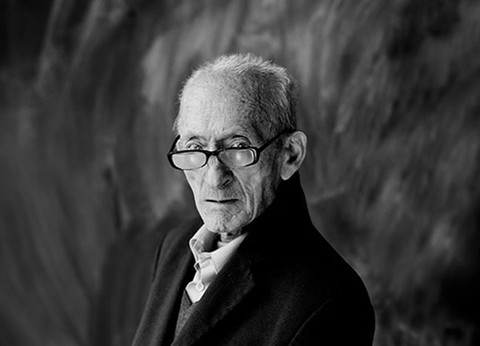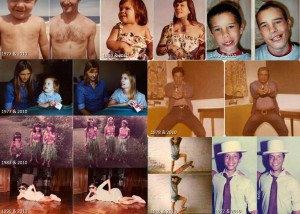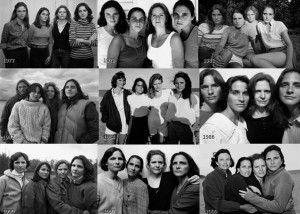Martin Usborne spotted Joseph Markovitch in a park in East London about 8 years ago. His main intention was to photograph Joseph to try and win a photo competition. However after speaking to Joseph and discovering some of his querks he decided to use him as a project, and make a book about him. I very much like this book and after reading the words and studying the pictures in detail, I feel like I know Joseph Markovitch quite well.
Joseph had lived in East London, Hoxton for 86 and a half years, and went on daily walks around the city. On these walks he would talk to many people as he loved to discuss his views on action movies, Nicolas Cage, how technology might blow up the world ext. He walked around the city in an oversized blazer which slipped of the shoulder and a plastic carrier bag in hand, which always contained a carton of orange juice.
Here are some of my favourite photographs from Martin Usborne’s book about Joe;
This is one of the first photographs presented in the book ‘i’ve lived in East London For 86 1/2 years’. It is captioned with Joe saying
‘A lot of young kids do graffiti around Hoxton… it’s nice. It add’s a bit of colour don’t you think?’.
I think that this photograph it really attractive because of the explosion of colour behind Joe and the spray painter. The painting of Donald Duck looks like it is reaching out and grabbing onto the two men which I think adds a comedic effect. From looking at this photograph you can tell a lot about what was going on at the time. The spray painter is still holding his can of paint and all of his stuff is still laid out on the pavement, which says to me that Joe went over whilst the painter was still painting and interrupted him in order to have a conversation with him.
Here are some other photographs of Joe;










































